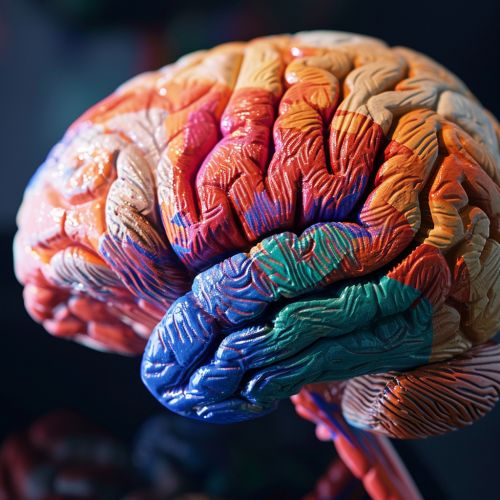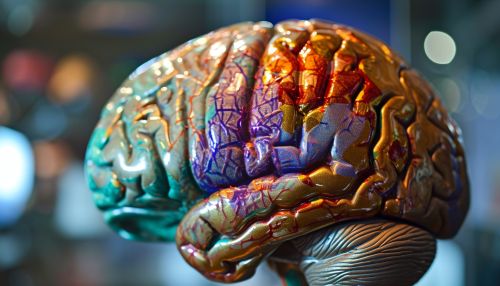Behavioral and Brain Sciences
Introduction
Behavioral and Brain Sciences (BBS) is an interdisciplinary field that combines insights from psychology, neuroscience, and cognitive science to understand the complex interactions between brain processes and behavior. This field seeks to elucidate the neural mechanisms underlying behavior, and how these mechanisms are shaped by evolutionary, developmental, and environmental factors.


Historical Background
The roots of BBS can be traced back to the early 20th century with the advent of behaviorism, a psychological approach that emphasizes the scientific study of observable behaviors. This was followed by the cognitive revolution in the mid-20th century, which shifted the focus to mental processes and their neural substrates. The development of sophisticated neuroimaging techniques in the late 20th century further propelled the growth of BBS, allowing researchers to directly observe brain activity associated with different behaviors.
Core Concepts
Brain-Behavior Relationships
A fundamental concept in BBS is that behavior is a product of brain activity. This is based on the premise that the brain is the organ of behavior, and all behaviors, from simple reflexes to complex cognitive tasks, are mediated by neural processes. Understanding these brain-behavior relationships involves studying how different brain regions contribute to specific behaviors, and how alterations in brain function can lead to behavioral changes.
Neuroplasticity
Another key concept in BBS is neuroplasticity, the brain's ability to change and adapt in response to experience. Neuroplasticity is a fundamental mechanism underlying learning and memory, and plays a crucial role in recovery from brain injury. Research in this area explores how experiences shape the brain's structure and function, and how these changes, in turn, influence behavior.
Evolutionary Perspectives
BBS also incorporates evolutionary perspectives, examining how behaviors have been shaped by natural selection. This involves studying both human and non-human animals to understand the evolutionary origins of behaviors, and how these behaviors contribute to survival and reproduction.
Methodologies
BBS employs a wide range of methodologies, from behavioral experiments to neuroimaging techniques. Behavioral experiments involve observing and measuring behavior under controlled conditions, while neuroimaging techniques such as functional magnetic resonance imaging (fMRI) and electroencephalography (EEG) allow researchers to visualize brain activity associated with different behaviors.
Applications
The insights gained from BBS have numerous applications, from improving educational practices to developing treatments for neurological and psychiatric disorders. For example, understanding the neural mechanisms underlying learning and memory can inform strategies to enhance educational outcomes, while elucidating the brain abnormalities associated with disorders such as schizophrenia and autism can guide the development of more effective treatments.
Future Directions
As technology advances, BBS is poised to make even greater strides in understanding the brain-behavior nexus. Emerging technologies such as optogenetics, which allows precise control of neuronal activity, and advances in machine learning and artificial intelligence, which can help analyze complex neuroimaging data, are set to revolutionize the field.
